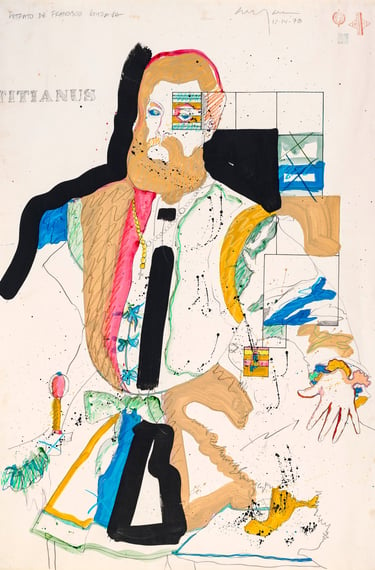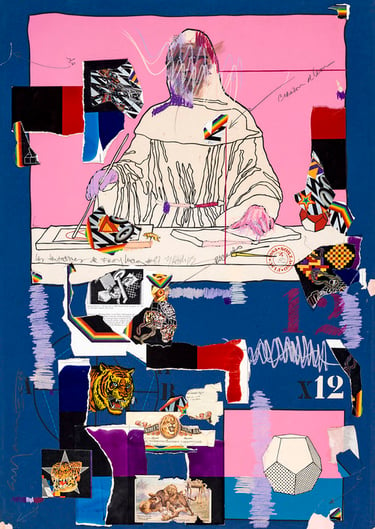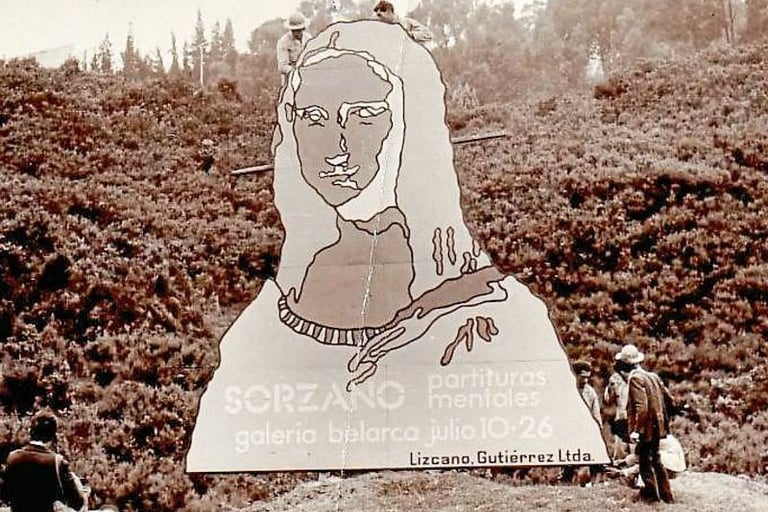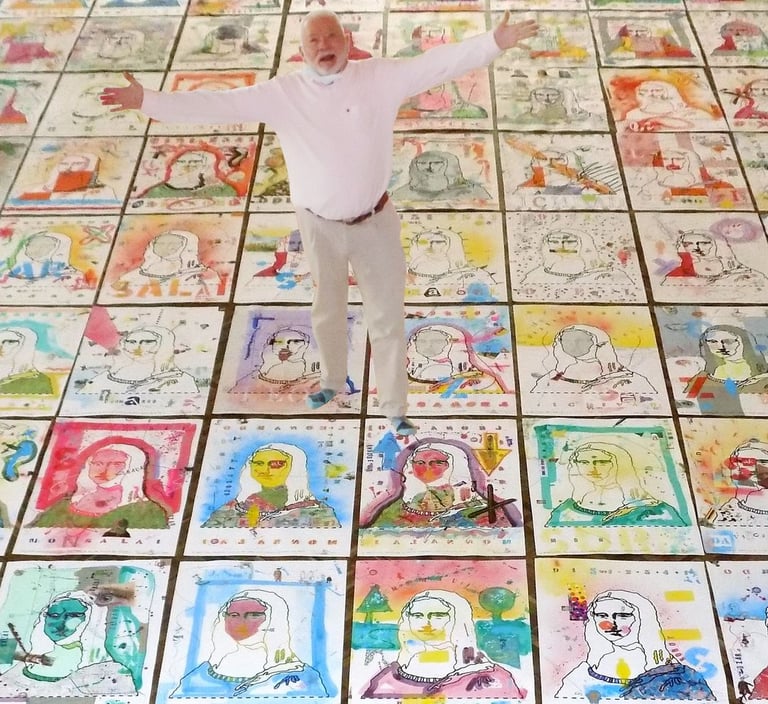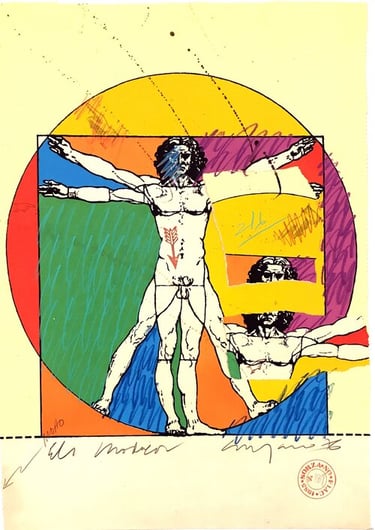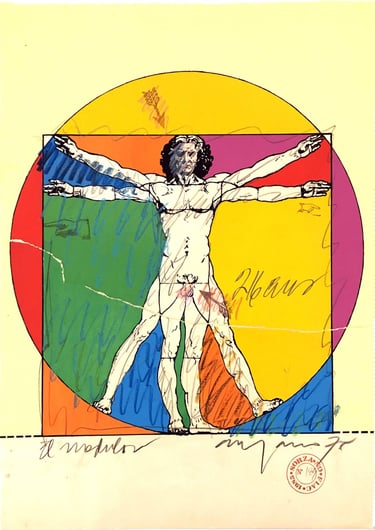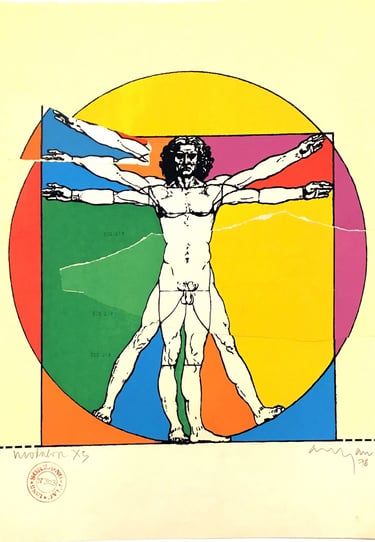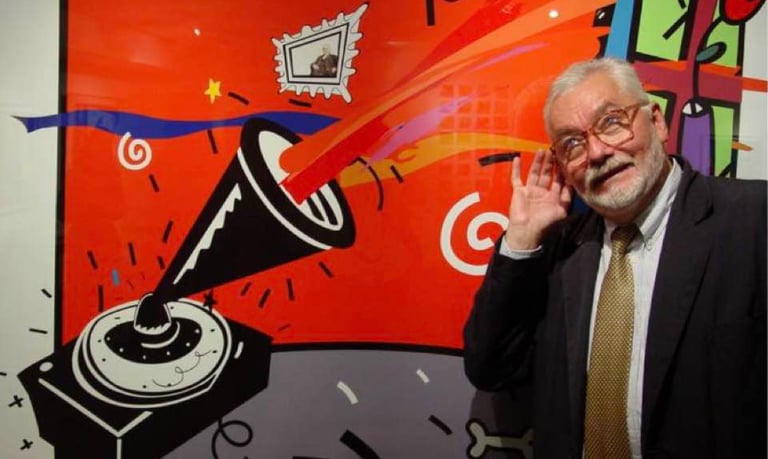Gustavo Sorzano precursor of conceptual art in Colombia
ART
Gustavo Sorzano is evidently a peculiar figure in the national artistic scene. Since the mid-1960s he orchestrated artistic experiences with novel possibilities of creation at the time: electronic sounds generators, interactive installations, non-object gestures, and participative events in which the public was also a creator of the artwork. Although nowadays is considered one of the pioneers of conceptual art in Colombia and, along his musical groups Músika Viva, one of the first electronic sounds composer nationally, his work was constantly overlooked by the art criticism and cultural journalism of the time. In many cases they assessed his interests as foolishness with no plastic value or, in the worst cases, as an instance of elite art, encouraged by the cult of technology over human sensibility. Given its sui generis nature, Sorzano’s participation in art shows was overshadowed by other creators with more traditional concerns.
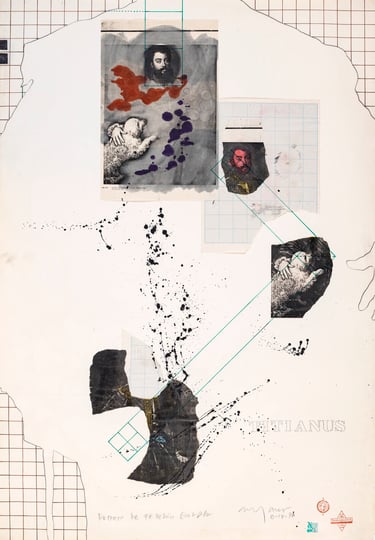

However, the disdain from many experts contrasted with the reception of the public, which attended with great interest to its first shows in New York (Momentum I – 1968, Cluster 1969), participated in his events in Colombia (Paisaje Momentum 43 – 1974), and interacted enthusiastically with his odd and funny pieces showed at few national halls of artists (Ambiente 26 Hertzianas – 1970, Momentum 17 Parcelas – 1971). The distance with the arts academy and the closeness with the general public is a telling duality of his plastic search: from an early stage he shies away from traditionalism in arts, its craving for novelty and the genius aura.
The massive interest of people was key for these pieces. Even though Sorzano denies being an artist with political concerns, there is no doubt he has a strong social commitment, an intent that determined his course of action throughout his career. The non-object nature of most of his works and his approach to embrace the chance and the participation as core concepts come from thinking that art consists in the mental exercise of organizing the world through creativity.
A particular blend of interests covering music, radio electronics, architecture, visual arts, conceptual art, among others, led a young Gustavo Sorzano to run several participative events and happenings during the 1960s. Named MOMENTUM, these collective experiences carried out with artists coming from different disciplines embraced the randomness and the disaffection with tradition.
Reproductions of chaotic diagrams assembled in collages, cram-full of texts and delusional graphic associations were shared in these events. Their purpose was to immerse the attendee in the game posing mental challenges and inviting the reader to call its own certainties about the world into question. These printed pieces would be the first Partituras mentales (Mental sheet music).
Even though the word “sheet music” comes from the Western musical notation and many of the events involved music professionals, Sorzano makes clear the following:
“I do not try to create music. Music as we know it is a sacred word that does not belong solely to this century. What I do try to do is to stimulate the faculties responsible for the integration of sound experience: a more direct, comprehensive, multidimensional, and concrete experience. I do not see myself as a composer, as much as a sound organizer: I select, amplify, and develop sound stimuli already present in the environment or created electronically by myself, providing them a value in terms of total perception and according to my ideas”.
The drawings and collages that revisit the history of painting and drawing such as Botticelli, Holbein, Méliès or Van Eyck’s appropriations, among many others, stands out an impulse of analysis and dismemberment of these works that reconfigures them in unexpected ways. These works have curious annotations and stories that never end being neatly spun. They force the viewer to create their own story as a puzzle, reconfiguring subjectively the image offered to them and therefore being an author of their narrative as well. The calculated illegibility of these drawings and collages is a way of using the work as a unifying element for the ideas of those who observe it and indulge in its interpretation.
WHARHOLISAS
The Mona Lisa is one of his consistent reinterpretations of famous artworks within the art history and occupies a distinct place, since it is, by far, the most abundant image in his production. The life and work of Leonardo da Vinci fascinated Sorzano during his career: it is a figure he adheres to, moved by da Vinci’s curious and multifaceted spirit.
Since the 1970s and up until today, Sorzano has made use of probably one of the most renowned images in the human history, taking it as a template to submit it to a vast repertoire of imaginable alterations. In this group of artworks MOMENTUM 43 stands out. It was a participatory event in which the Partitura mental (Mental sheet music) was disseminated in the daily Colombian newspaper EL TIEMPO, proposing to the readers of all the country to freely intervene it and subsequently show them at the XXV Salón Nacional de Artistas (25th National Hall of Artists) in 1975.
The proposition of an art detached from the object, an art that performed its task through intellectual activity, and that only existed through its appropriation by apprehension, are instances of the sophisticated Sorzano’s conceptual framework. Considering the early years in which these standpoints were developed, it is possible to hold that the work of Sorzano is rooted in the conceptualist debate of art in Colombia, mainly for the idea of mental sheet music, the focal point of his creative layout
Texts by William Contreras
